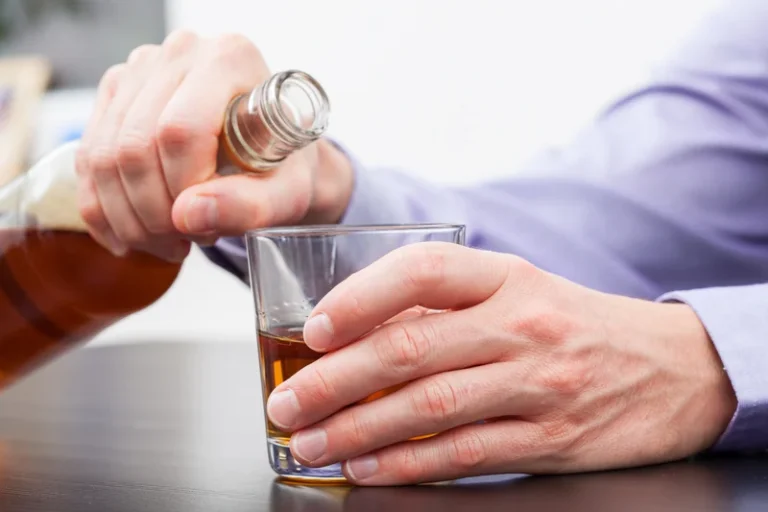
It is accepted that the only legitimate earthly rewards are those that have been “earned” through striving, hard work, personal sacrifice, and an overriding sense of duty to one’s country, marijuana addiction the existing social order, and family. This orientation is believed to be fairly coincident with the requirements of industrialization. Recognizing signs of substance use disorder early can significantly enhance recovery chances. Subtle warnings, such as shifts in social circles, poor hygiene, or declining academic performance, are vital indicators.

Early Intervention and Support Systems
People who take drugs recreationally may take them occasionally in relatively small doses, often without doing themselves harm. That is, users do not develop drug withdrawal, and the drug does not physically harm them (at why is alcohol addicting least in the short term). Drugs usually considered recreational include opium, alcohol, nicotine, marijuana, caffeine, , and the drug does not physically harm them (at least in the short term). Drugs usually considered recreational include opium, alcohol, nicotine, marijuana, caffeine,hallucinogenic mushrooms (see also Mushroom Toadstool Poisoning), and cocaine.
Meth, cocaine and other stimulants
- The addictive nature of alcohol and drugs and their perceived benefits, such as temporary relief from stress or pain, causes a person to try taking these in order to face peer pressure, examination-related and competition-related stresses.
- Some of the most popular recreational drugs used by young people are alcohol, marijuana, stimulants, and opiates.
- JAMA published a study of 48 people with moderate alcohol-use disorder who took very small doses of semaglutide for nine weeks.
- Blueprints maintains specialized services for medication management and medication-assisted treatment, recognizing the important role these interventions can play in early recovery.
- This receptor also is the site of action for several medications that frequently are misused and have high addictive potential, such as benzodiazepines, barbiturates, opiates, α-hydroxybutyrates, and other sedative–hypnotic compounds.
Heroin, crack cocaine and marijuana diminish mental functioning, which reduces the ability to plan and complete tasks as well as clouding the abuser’s capacity to discern their own impairment. With amphetamine and crack cocaine, changes to brain chemistry can result in paranoia, delusions and even psychosis, which can lead to secretive, deceitful and confused behavior. Excessive animation and excitability is a frequent side effect of many drugs, as are periods of lethargy or depression. Financial problems can be caused by other addictive behaviors like gambling or compulsive shopping, or medical issues such as bipolar or depression. Prolonged use of cocaine and crack affects neurochemistry, which can lead to angry outbursts, suspiciousness, paranoia, and violence.
What are common warning signs of substance abuse?

What truly sets Pennsylvania Recovery Center apart is their commitment to holistic healing that extends beyond the clinical setting. Their specialized “Bulletproof Recovery” alumni program provides ongoing community support, while partnerships with Phoenix Recovery Project offer high-quality recovery housing that bridges the gap between treatment and independent living. The facility incorporates innovative therapeutic approaches including EMDR for trauma processing and comprehensive psychiatric services for co-occurring disorders.
- This judgment-free, encouraging environment creates a space where clients feel safe exploring the root causes of their substance use while developing the practical skills necessary for maintaining recovery beyond the treatment setting.
- Drug addiction can start with experimental use of a recreational drug in social situations, and, for some people, the drug use becomes more frequent.
- Since then, however, more and more disturbed kids have been attracted to the drug world, resulting in more unhappy and dangerous behavior.
- The informed consent process began with obtaining consent from the head of household.
- These observations suggest that some of a person’s liability for AOD dependence will result from a general externalizing factor and some will result from genetic factors that are more disorder specific.
The Importance of Building Emotional Awareness in Treatment

However, this also highligths the need for gender-sensitive approaches in substance use prevention programs, ensuring that both males and females receive appropriate education and support 19, 20. The more of these signs or symptoms a person struggles with, the greater their substance use disorder. A person who meets none of these criteria likely does not have a problem with drugs or alcohol, while someone meeting six or more of these signs may have an addiction. GABA is the major inhibitory neurotransmitter in the human central nervous system—that is, it affects neurons in a way that reduces their activity. Several lines of evidence suggest that GABA is involved in many of the behavioral effects of alcohol, including motor incoordination, anxiety reduction (i.e., anxiolysis), sedation, withdrawal signs, and preference for alcohol (Grobin et al. 1998).


